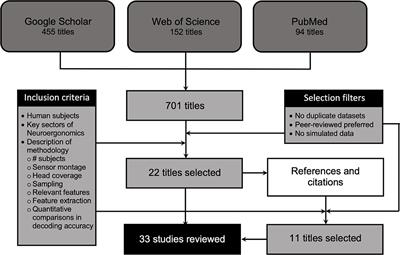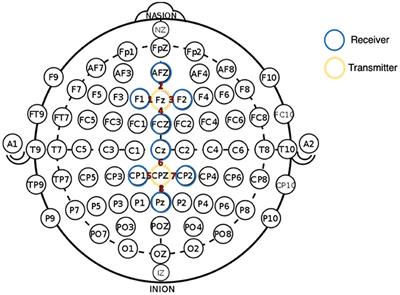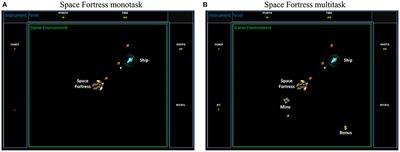OPINION
Published on 18 Nov 2022
Evaluating brain functioning with NIRS in sports: Cerebral oxygenation and cortical activation are two sides of the same coin
doi 10.3389/fnrgo.2022.1022924
- 2,324 views
- 4 citations
3,922
Total downloads
20k
Total views and downloads
Select the journal/section where you want your idea to be submitted:
OPINION
Published on 18 Nov 2022
REVIEW
Published on 12 Aug 2022

ORIGINAL RESEARCH
Published on 08 Jul 2022

ORIGINAL RESEARCH
Published on 21 Dec 2021

ORIGINAL RESEARCH
Published on 10 Aug 2021

